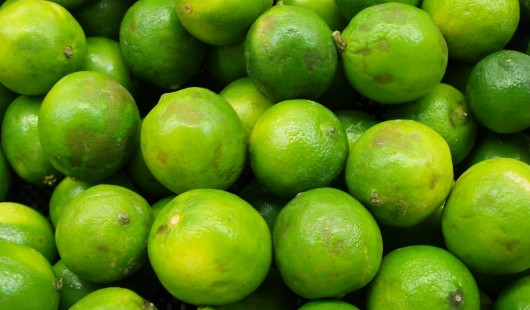Best Limes For Lime Juice And How To Choose Them
With spring and summer on the horizon, it’s time to bust out that juicer and get ready for some fresh-squeezed lime juice. Limes are a key ingredient in many warm weather beverages and food recipes. To prepare for the season, take a look at the varieties of limes that are on the market, learn which are best for juicing and how to tell when a lime is ready for juicing.
What limes are the best for juicing?
There are two kinds of limes that are commonly found in supermarkets and are categorized as the best limes for juicing. Each offers something slightly different from the other. The first is the Persian, or otherwise known as the Tahitian, lime. Seedless Persian limes are larger than other limes, generally about the size of your fist. They have a thick skin and juice that is slightly tart, but overall less potent than other varieties. Key limes, or Mexican limes, are smaller, more aromatic limes. Although key limes are only about the size of a golf ball, they are loaded with juice that is distinguishable by its acidic, bitter flavor.
How to select the best limes for juicing?
Limes are extremely sour until they are mature, so it is important to understand when a lime is ready to be juiced. The first thing you want to look for is a nice light green color. Limes turn yellow once they are ripe, and the juice becomes bitter and undesirable. Check the skin of the lime. You want limes with a smooth, unwrinkled skin. Limes that have a wrinkled surface have already begun drying out and will not be able to provide you with a sufficient amount of lime juice. Surface blemishes on the skin are no problem, as you will not be using the skin. Limes should feel heavy or have a plumpness, as they will be full of juice. If limes are ready for juicing, they should feel slightly soft when pressure is applied.
Now you have selected the best limes for juicing. The next part relies completely on your juicer. With minimal effort, you can have the most refreshing, best tasting lime juice for all of your spring and summer delights.

